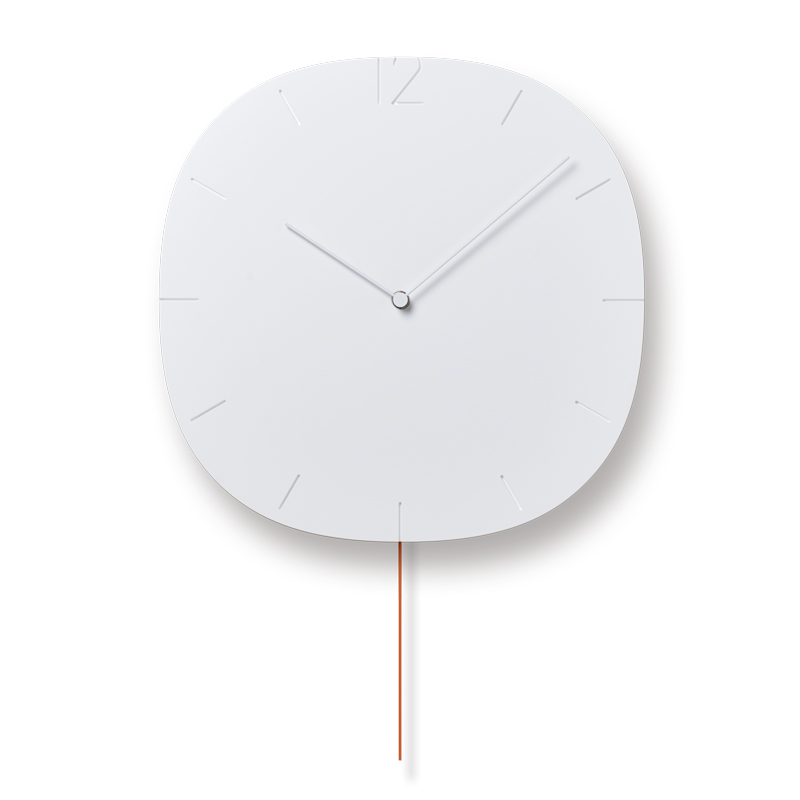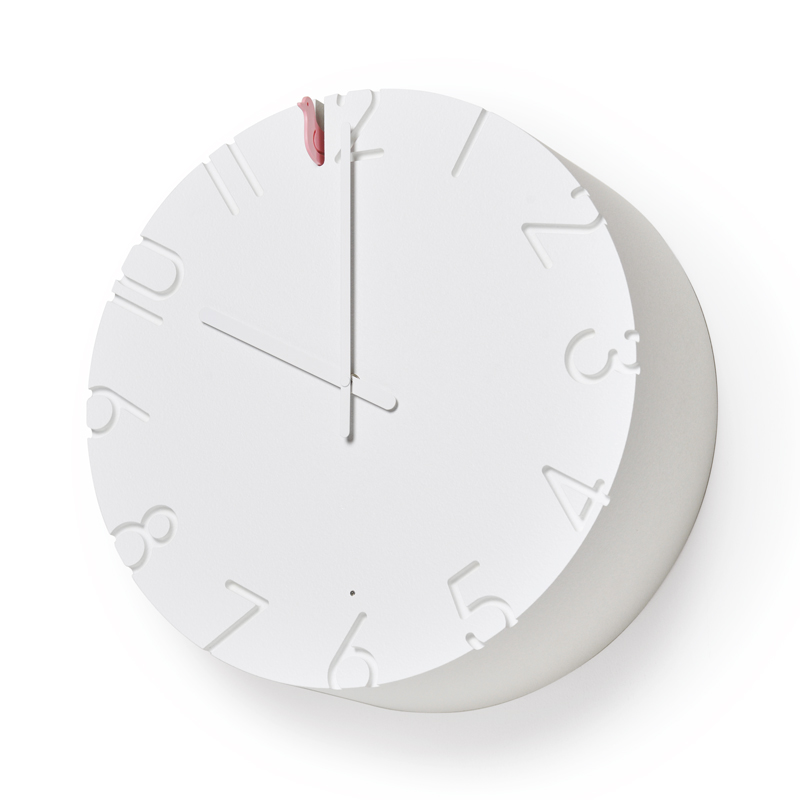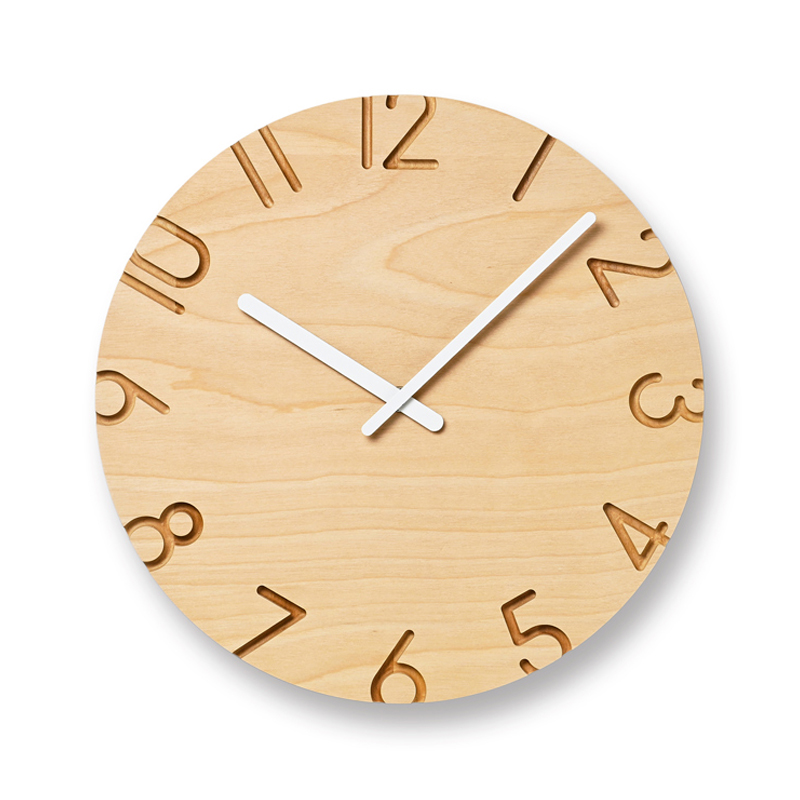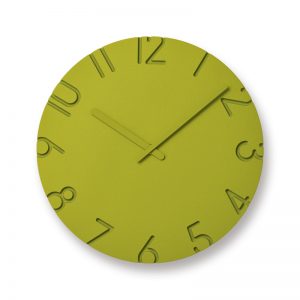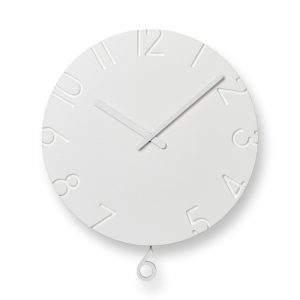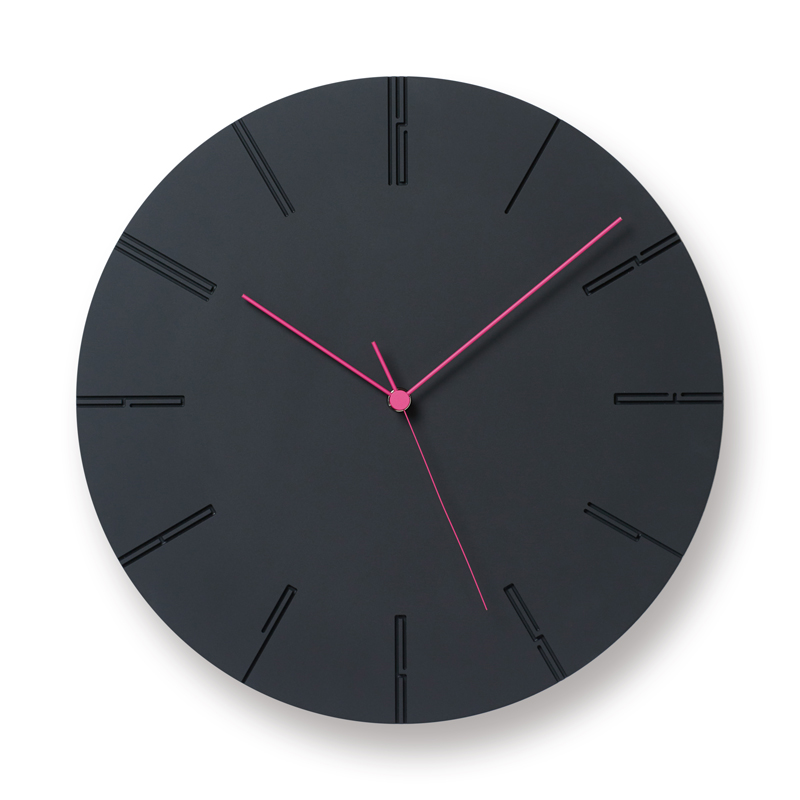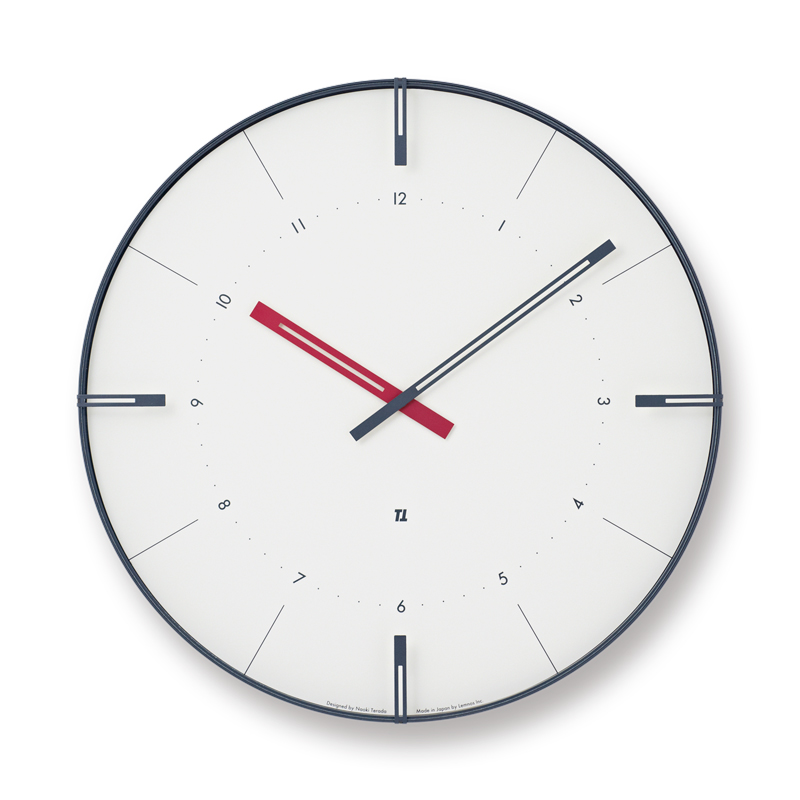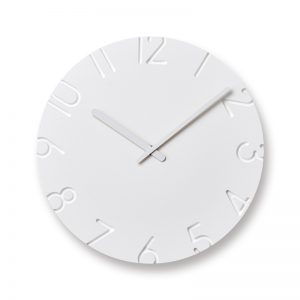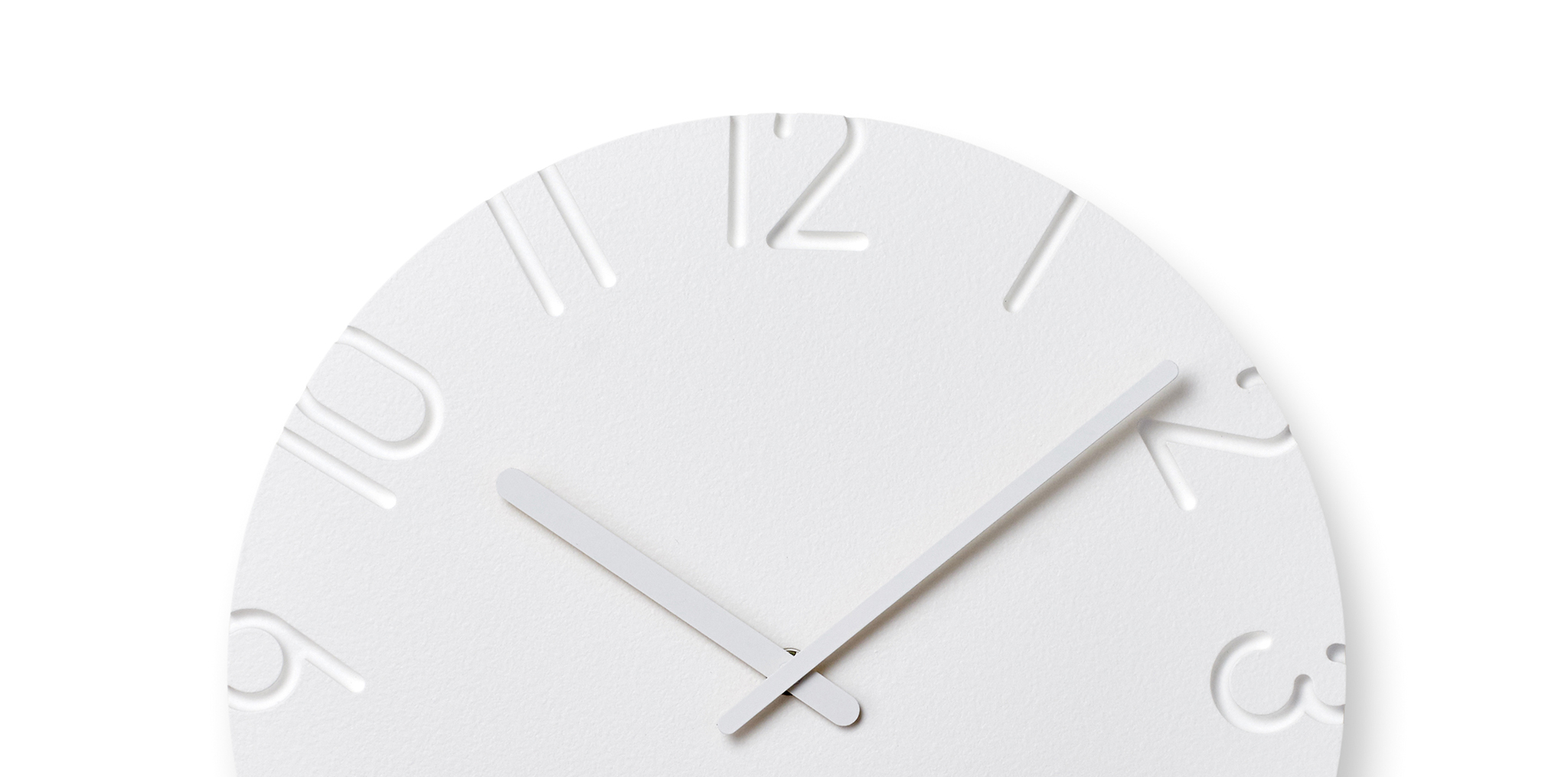
Mac People magazine’s May 2013 issue
Article, Mokei-teki Monozukuri #4-2
Design & Text: Naoki Terada
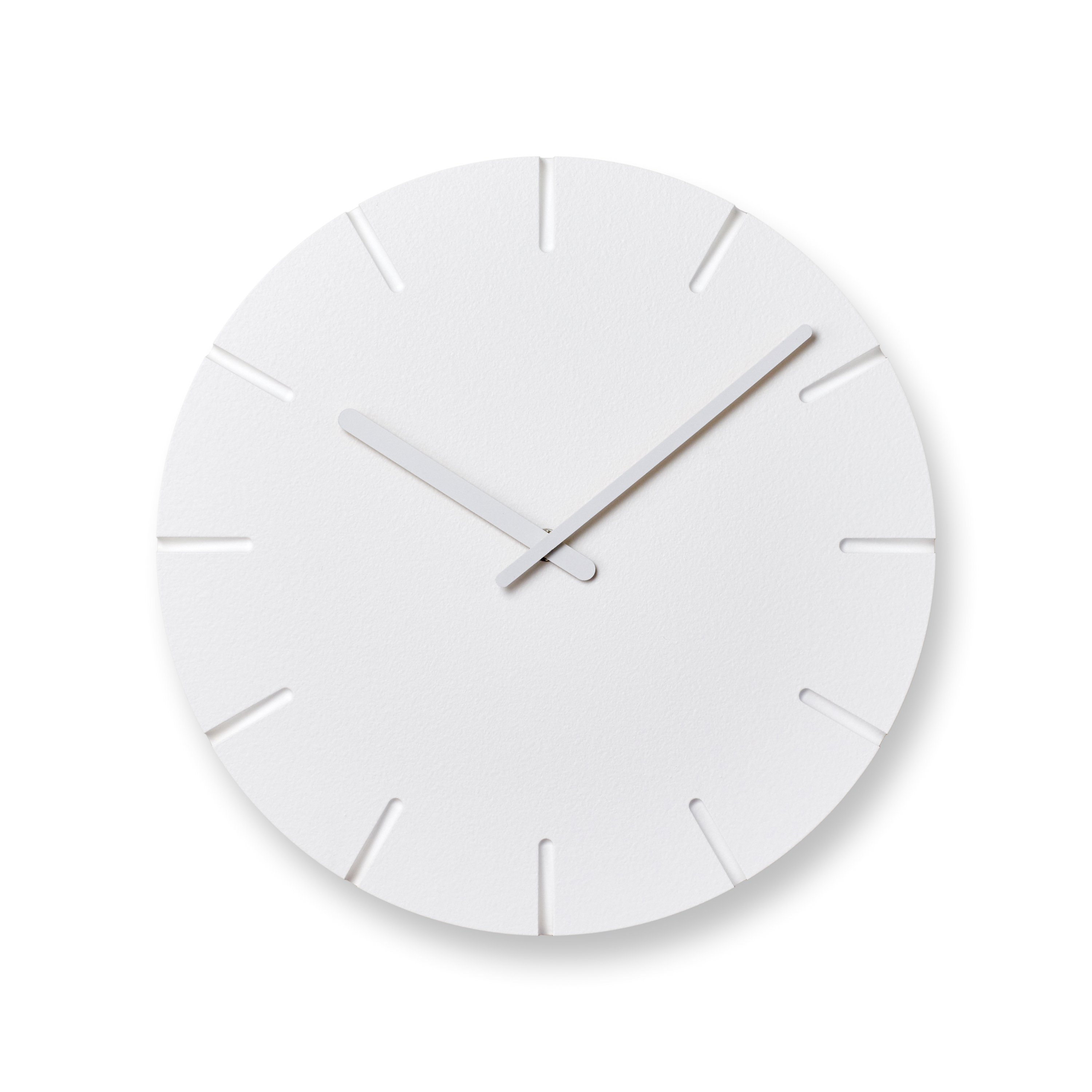
Last time, I started talking about the CARVED wall clock series. Instead of simply pursuing the best graphic for the dial, I paid attention to the wall in the background of the clock and made “texture” the clock theme in order to achieve a balance between the clock and any type of wall. In my search for the most suitable material, I found inorganic artificial wood, which is generally used as an interior decoration material.
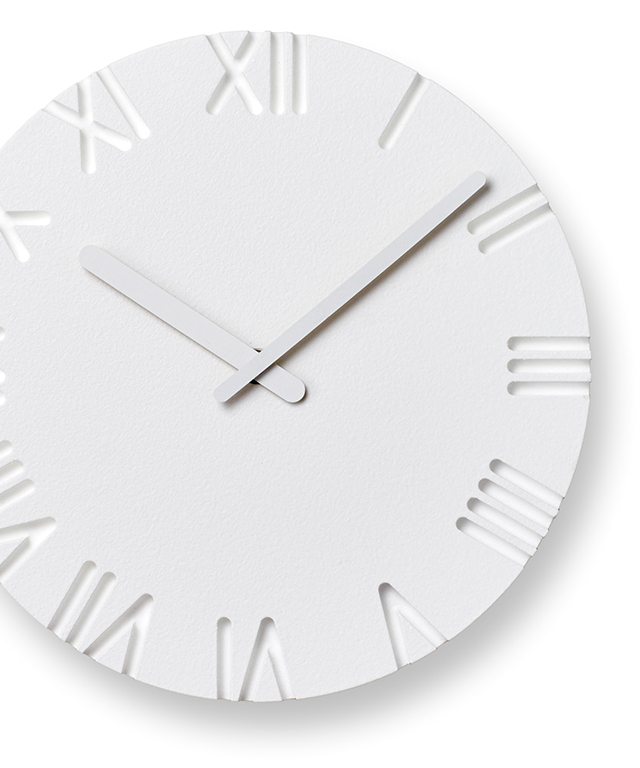 With work efficiency in mind, machined with a single drill
With work efficiency in mind, machined with a single drill
Inorganic artificial wood is very light and easy to process while having a plaster-like feel. If a material were to be heavy, it may cause an accident. In addition, high workability leads to a cost reduction. For these reasons, I considered it best for a wall clock.
With this material in mind, I immediately began working on the design. Since the theme was “texture” on this occasion, I needed a design that would enable me to make a direct expression using a processing method most suitable for the inorganic artificial wood.
When this material is used at a construction site, the basic process is performed at the factory, so only installation is required at the site in most instances. Thus, based on the design image data submitted, the factory produces components using a cutting machine equipped with Numerical Control (NC) machining technology. The rotating drill bit moves to trace the shape of the design image based on the numerical values inputted by the computer.
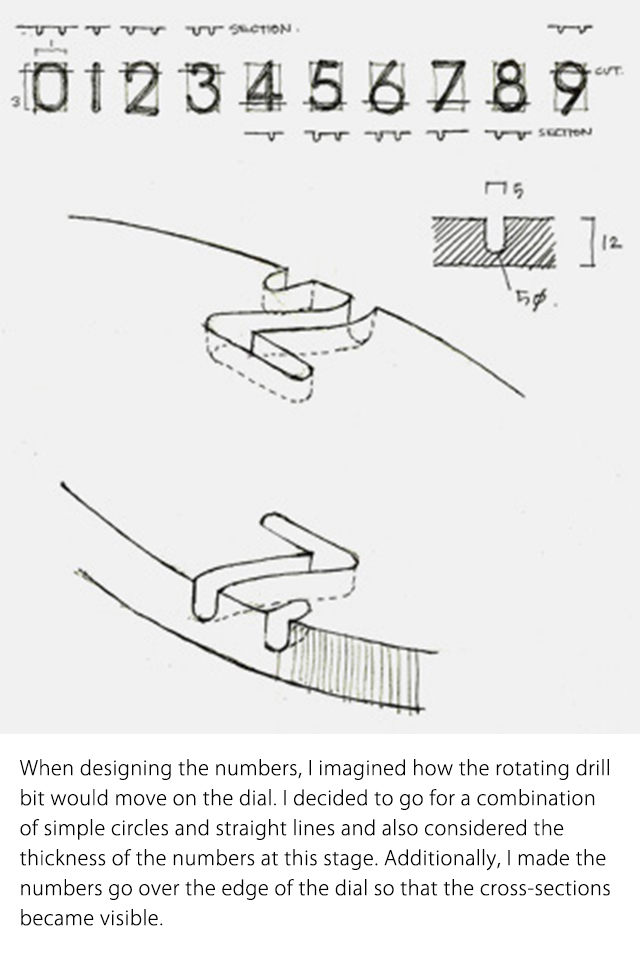
Various types of data are submitted to the factory. If 3D data is submitted, the factory can use it as it is. If 2D drawings made using, for example, Adobe Illustrator are submitted, the factory then converts them for a cutting machine. I adopted the latter method for these clocks.
The first thing I considered was what I could do when machining a shape with a rotating drill bit.I then decided to use only one drill when cutting out the indexes from a plate through the NC machining process.Using many types of drills in different sizes will decrease production efficiency, and a thin drill will break easily, which is inconvenient.
On this occasion, I used the most efficient drill bit with a diameter of 5 mm and rounded all corners into a semicircle to design a typeface that allows numbers to be engraved. I also set the line weight to 5 mm to minimize the cutting length and time spent using the drill bit.
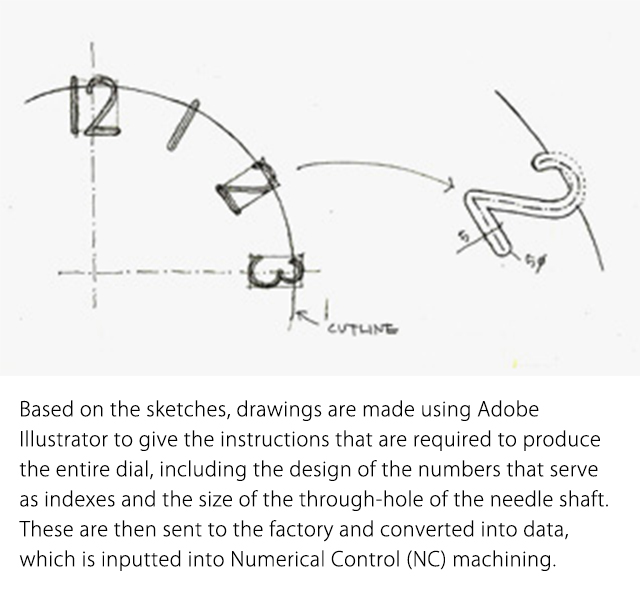 Thus, I decided the direction the dial design was taking. Yet, there were other countless matters to consider, including a balance between the dial size and numbers, the aspect ratio of the numbers, and the engraving depth. A simple, plain dial meant that a slight change in size or shape would have a significant impact on the balance, so I proceeded with this task carefully, spending a lot of time on it.
Thus, I decided the direction the dial design was taking. Yet, there were other countless matters to consider, including a balance between the dial size and numbers, the aspect ratio of the numbers, and the engraving depth. A simple, plain dial meant that a slight change in size or shape would have a significant impact on the balance, so I proceeded with this task carefully, spending a lot of time on it.
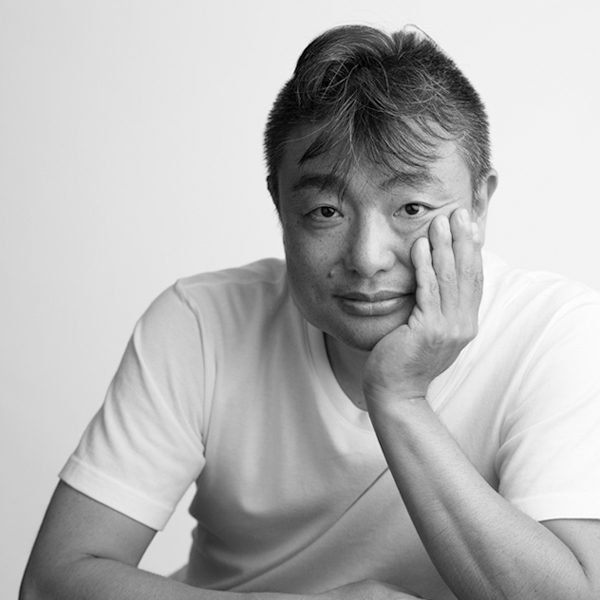
Naoki Terada
Architect, designer
In 1994, he completed MA course of the Association School of Architecture (AA school) in London. After returning to Japan, he produced and directed various brands as well as designing architectures and products. In 2003, he established TERADA DESIGN ARCHITECTS OFFICE. In 2011, he opened “TERADAMOKEI” in Simokitazawa, Tokyo. Currently, he’s President, COO of Interoffice Inc., an outside lecturer of Musashino Art University, and the juror of the Good Design Award.
He directs the brand, “15.0% ice cream spoon”which is produced and marketed by TAKATA Lemnos Inc., while designing all the products.
https://www.teradadesign.com/
https://www.teradamokei.jp/

